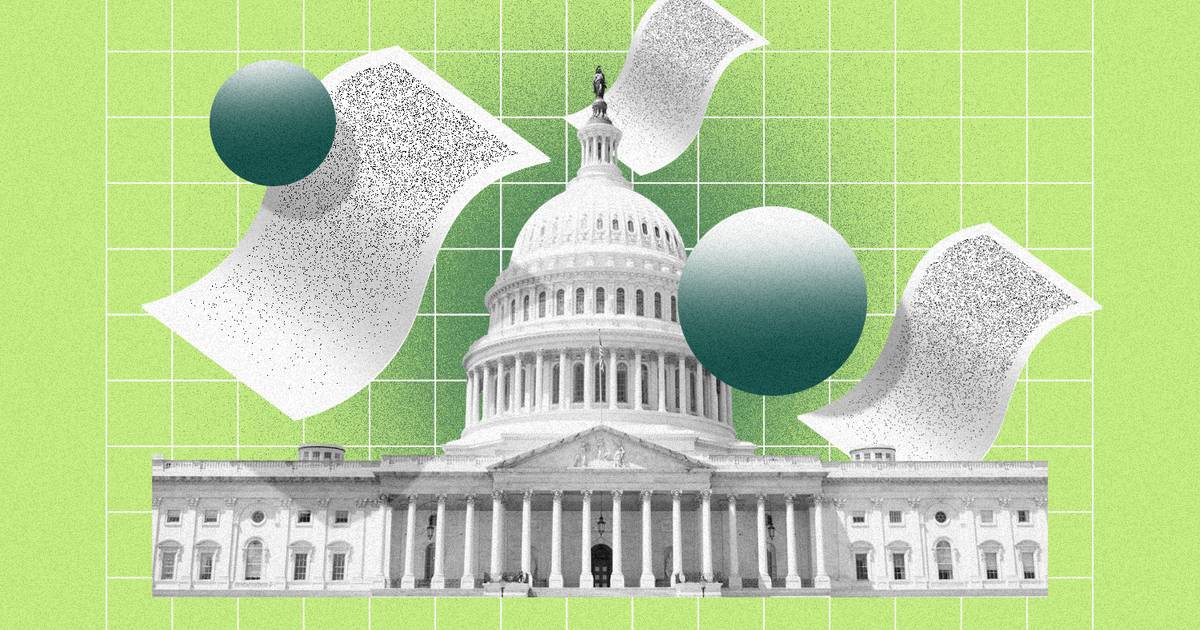What is strategic workforce planning in HR?
Strategic workforce planning in HR involves analyzing, forecasting and identifying workforce supply and demand. It is used to assess gaps and ensure an organization has the right team with the necessary skills in the right place at the proper time. It is designed to address scenarios that are three to five years in the future. Therefore, this type of planning must be aligned with business needs and targets.
6 Key strategies for successful workforce planning
1. Determine and create your business strategy
A business plan can be developed at any stage in an organization’s life cycle. It can also be updated and modified regularly depending on your needs. Strategic workforce planning can be used to achieve long-term goals such as those set for the next three to five years. A well-formulated plan serves as a crucial guide throughout this process and can aid in evaluating the impact of your planned solutions.
2. Collaborate on workforce planning
It is essential not only to communicate the why and how of your business plan, but also to request input from a variety of stakeholders. Consult with various teams and gather feedback from your employees during the planning process. To achieve tangible results, employees at all levels need to understand the goal of any workforce changes.
3. Develop your workforce plan using supply and demand
Assess your current talent and potential candidates to determine the number of employees needed to fulfill current business needs. Identify any gaps and consider ways to close them. Also, if there is a need to realign workforce supply and demand, find ways to create alignment.
4. Define your KPIs
To identify trends and assess the impact of your strategic workforce plan, you need to have the right KPIs in place. Common KPIs include employee headcount, retention rate, promotions, quality of hire, voluntary vs. involuntary turnover rates and diversity metrics.
5. Leverage data and implement your workforce plan
Strategic workforce planning enhances the impact of decisions made, measures their effectiveness and drives action to validate their value. Insightful data can inform decisions about staffing, employee retention rates and time-to-hire periods.
6. Monitor progress and labor market insights
Lastly, concentrate on continually evolving your workforce planning strategies and measuring their success. Understand and track labor market trends to stay on top of industry trends. This approach will provide you with insights into where your industry is heading and what you need to do to prepare for the future.
HCM Software designed to achieve long-term success
Talentia HCM can easily adapt to your company’s needs. Integrated with our payroll solution, HR Intelligence Analytics provides the necessary indicators to control HR data. It allows you to review payroll, as well as tax and accounting errors in real-time.
Create reports quickly and easily using secure verified data. Advanced reporting features can guide you and your teams towards executing your best strategic workforce planning decisions. Streamline your HR processes, optimize the employee experience and customize our software for greater efficiency.











